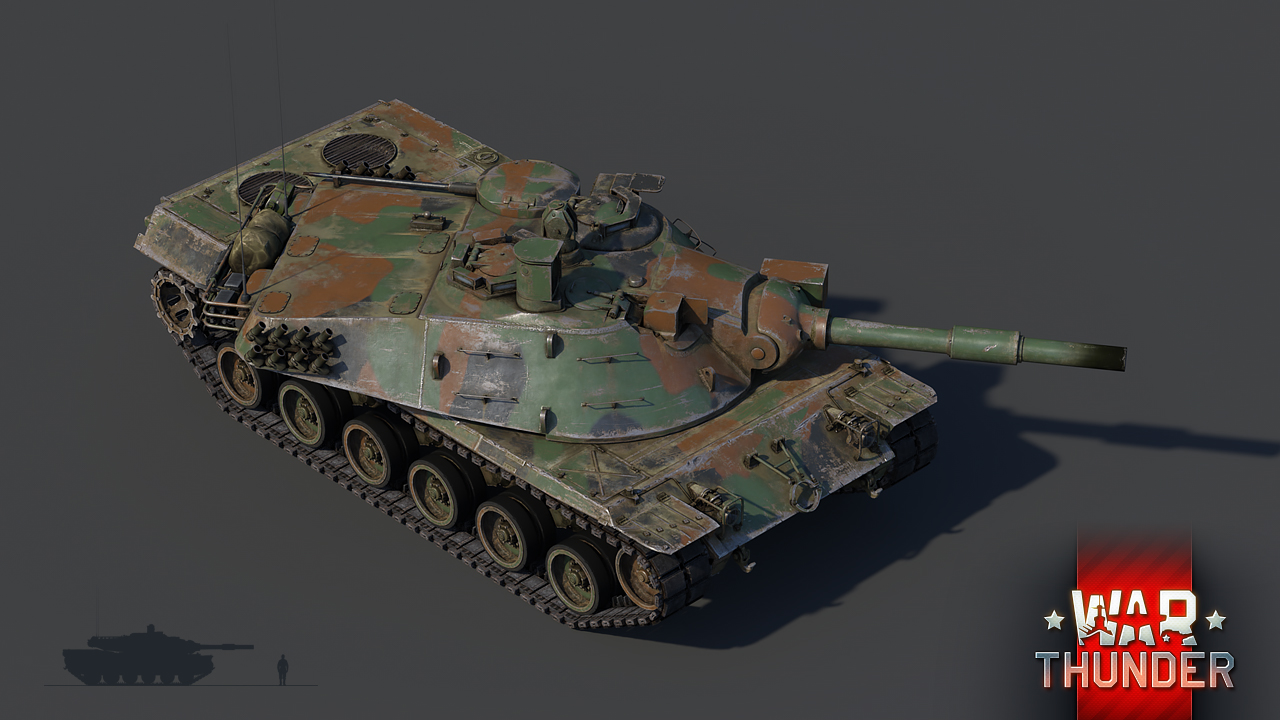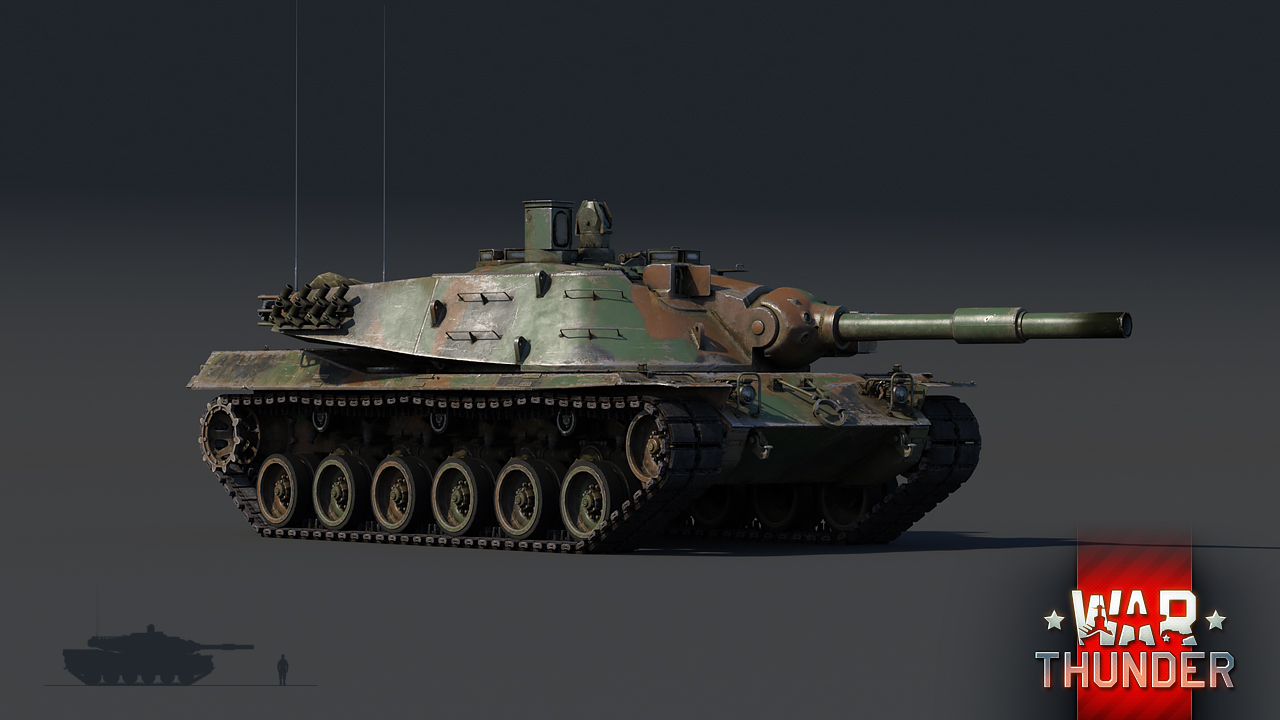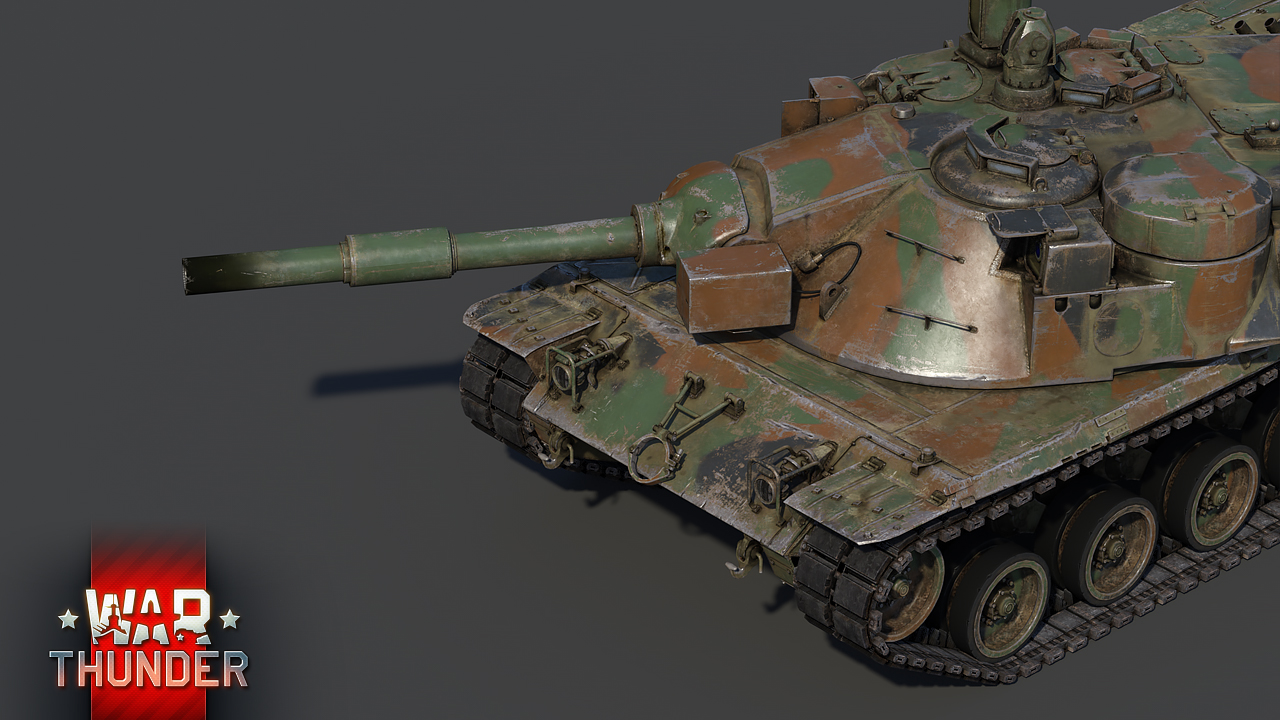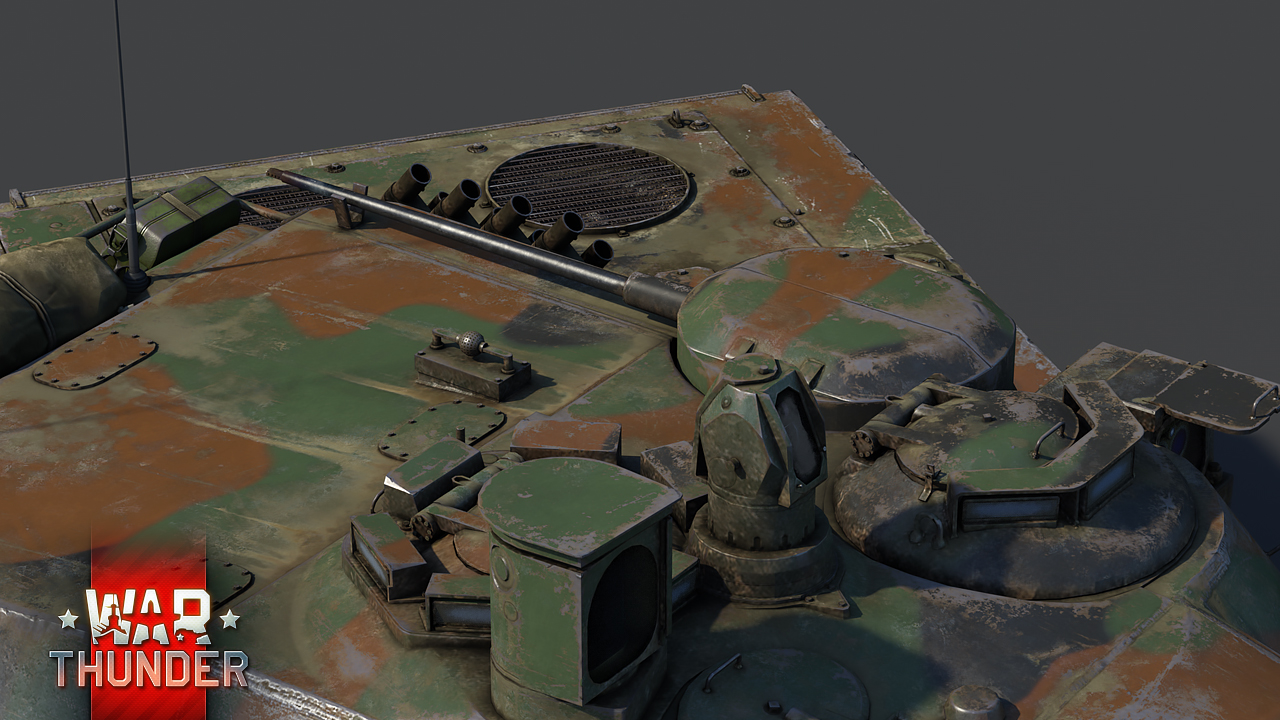
- For PC
- For MAC
- For Linux
- OS: Windows 10 (64 bit)
- Processor: Dual-Core 2.2 GHz
- Memory: 4GB
- Video Card: DirectX 11 level video card: AMD Radeon 77XX / NVIDIA GeForce GTX 660. The minimum supported resolution for the game is 720p.
- Network: Broadband Internet connection
- Hard Drive: 23.1 GB (Minimal client)
- OS: Windows 10/11 (64 bit)
- Processor: Intel Core i5 or Ryzen 5 3600 and better
- Memory: 16 GB and more
- Video Card: DirectX 11 level video card or higher and drivers: Nvidia GeForce 1060 and higher, Radeon RX 570 and higher
- Network: Broadband Internet connection
- Hard Drive: 75.9 GB (Full client)
- OS: Mac OS Big Sur 11.0 or newer
- Processor: Core i5, minimum 2.2GHz (Intel Xeon is not supported)
- Memory: 6 GB
- Video Card: Intel Iris Pro 5200 (Mac), or analog from AMD/Nvidia for Mac. Minimum supported resolution for the game is 720p with Metal support.
- Network: Broadband Internet connection
- Hard Drive: 22.1 GB (Minimal client)
- OS: Mac OS Big Sur 11.0 or newer
- Processor: Core i7 (Intel Xeon is not supported)
- Memory: 8 GB
- Video Card: Radeon Vega II or higher with Metal support.
- Network: Broadband Internet connection
- Hard Drive: 62.2 GB (Full client)
- OS: Most modern 64bit Linux distributions
- Processor: Dual-Core 2.4 GHz
- Memory: 4 GB
- Video Card: NVIDIA 660 with latest proprietary drivers (not older than 6 months) / similar AMD with latest proprietary drivers (not older than 6 months; the minimum supported resolution for the game is 720p) with Vulkan support.
- Network: Broadband Internet connection
- Hard Drive: 22.1 GB (Minimal client)
- OS: Ubuntu 20.04 64bit
- Processor: Intel Core i7
- Memory: 16 GB
- Video Card: NVIDIA 1060 with latest proprietary drivers (not older than 6 months) / similar AMD (Radeon RX 570) with latest proprietary drivers (not older than 6 months) with Vulkan support.
- Network: Broadband Internet connection
- Hard Drive: 62.2 GB (Full client)
Developed from a need to counter a new weapon from the other side of the Iron Curtain, the MBT-70 and the KPz-70 were the result of a joint effort between engineers from West Germany and the United States that attempted to create a brand new, high-tech MBT design by combining their resources and experience. Coming with update 1.71, the MBT-70 and the KPz-70 will have a chance to prove the effectiveness of its design by clashing against other MBTs of the time period, including the one that initiated its development in the first place!
In the early 1960s, West Germany and the United States began work on a joint project to create a standardized new MBT design that would meet specific requirements set by both nations. The cause for this, was the introduction of the powerful Soviet 115mm smoothbore cannon, mounted on the T-62. The new cannon presented a serious issue for the respective primary fighting vehicles of the two nations - the Leopard 1 and M60. Thus, work on the joint project, designated MBT-70 in the US and KPz-70 in West Germany, began in 1964. Right from the start, development was plagued by disagreements between the numerous design team members, due to the differing engineering practices of the two sides. By the time the disagreements were settled, the project has already suffered from several delays, which in addition to other things, inflated the project’s budget early on in its development life.
Nevertheless, the result of the combined effort of engineers from both sides was first put to the test in the mid ‘60s, after the first prototypes were manufactured. The KPz-70 MBT received an innovative design like no other tank before it, in addition to being equipped with some of the latest military equipment of the time, such as hydropneumatic suspension, an autoloading system and laser rangefinding, just to name a few.
However, whilst the MBT/KPz-70 did come equipped with some of the most high-tech equipment of its time, the vehicle did also come with its own set of unique problems. Considered to be way ahead of its time, the designers often faced challenges that neither the German or American side of the team was able to effectively address, making the vehicle quickly exceed both weight limitations as well as budget restrictions. Spiraling development costs and design disagreements eventually lead to the Germans backing out of the project in 1969 to continue work on one of their own designs, before the Americans also abandoned the project a couple years later in 1971, leaving a total of 14 prototypes built.
 |
 |
War Thunder’s update 1.71, will introduce both versions of the project to the respective research trees of the American (MBT-70) and German (KPz-70) ground forces, as a rank VI vehicle. Whilst both versions of the tank are very similar to each other, nigh identical when it comes to visual appearance, they do possess a few minor differences that distinguish them from one another. Key elements like the armour layout, cannon and equipment stay the same on both versions, whilst the only real difference lies in the powerplant that the vehicles used. Namely, the MBT-70 uses a 1,470 horsepower air-cooled Continental V-12 diesel engine, whilst the German KPz-70 uses a 1,500 horsepower Daimler Benz power plant. Both versions, regardless of the engine they used, managed to achieve a top speed of 64 km/h on roads, even in reverse, making the MBT/KPz-70 faster than both the Leopard 1 and M60.
The specifications for the tank’s development required protection from APDS rounds at a distance of 800 metres. This is why the engineers designed a 2-layer spaced armour across the upper glacis as well as the front of the turret. With the relatively thin external layer and thicker internal armour. This design provided protection from APDS rounds with tungsten cores - which after passing through the upper layer the core would be destroyed because of internal stresses. At the same time, due to the small space between the layers, this armour was not very efficient against HEAT rounds.
Download the Wallpaper: 1280x1024 | 1920x1080 | 2560x1440
When it comes to delivering death and destruction to your enemy, players will have the choice to choose between several different ammunition types for the 152mm gun launcher. The cannon can fire anything from sub-calibre rounds to ATGMs, and presents a perfect multitool for use in a rapidly changing situation on the battlefields. This way, players can switch from close quarter brawl fights to long range sniping engagements in a matter of seconds. If the situation requires them to do so, the automatic loading mechanism would provide a very good rate of fire. To assist with low flying aircraft and lightly armoured fighting vehicles, the MBT/ KPz-70 is equipped with a remote-controlled 20mm cannon on top of the main fighting compartment (turret).
However, whilst the tank has fairly efficient armour protection against kinetic ammo at the front, the sides and rear of the vehicle are relatively thinly armoured, offering only effective protection against smaller calibre autocannons. Future commanders of the MBT/KPz-70 should also bear in mind that all of their three crew members are situated in the main fighting compartment in the turret, meaning that a single well-placed shot or ATGM may take out the entire crew in one go, rendering the tank combat ineffective. To avoid this from happening, make sure to use use the tank’s excellent mobility to switch position as often as possible, preferably after each engagement, or make good use of the hydropneumatic suspension and place the tank in a good hull down position, where your tank will be well protected and less visible against incoming fire. If, on the other hand, you’re forced into a hasty retreat, remember to use the smoke launchers in combination with the excellent reverse speed of the tank to your advantage, in order to make a safe retreat from the combat zone.
See you there!
Check our previous devblogs:
The War Thunder Team








Comments (270)
Thank you :)
Enjoy
Stona_WT, Seen you today In a battle Stona :D
Wow, just wow. I was hoping you guys would add this. You guys just put the icing on the tank by giving the Americans and the Germans one. You guys are doing a great job no matter how much criticism you guys get. Keep up the amazing work guys. PS: Try to get the update out before October, because I leave for Air Force basic on Oct 3rd......Please ;)
We will try our best ;)
I also leave for Air Force basic on the third! Are you going to Texas???
Chieftain Mk.10 when?
Challenger I pls )))
Aslad, Challenger 1 came in service in 1983 its a possibility :O
lovely
Lovely and deadly!
YES!! YEEEEEEEEEEES!!!! YAAAAAAAAAAAAYAWALKALAAXA------Error: SPANISH_AVENGER stopped working.
exe*
Thank you Gaijin.
Thank you for following our news o7
Outstanding Gaijin.
OK. Still waiting on the Chieftain's historical L15A4 DU capped APDS to arrive though so I can mince me some T64s )))
At last, someone who isn't begging for a non-existent APDSFS round for the Mk.5!!!! SOMEONE WHO READS!
*FireWarrior2013, didn't Chieftain Mk 5/3 have APFSDS rounds?
why does the KPz-70 get a 152mm launcher, when germany never wanted it? a 120mm gun was planned! can some mod tell us a reason why?
Stona_WT, but tested as well... i just hoped for it to have more of a difference between both than the engine...
Happalula, The 120mm was never mounted on a Kpz-70, it was only ever wishful thinking, which War Thunder tries to avoid implementing.
I won't be surprised if Britain gets the chieftain 800 or even 900 with the chobham armor. Outstanding job gaijin team keep it up.
I surely hope so. We have yet to see anything British, and a little birdie tells me us poor Brits won't be taking part in the Rank VI tests.
Major_Marmite, It's okay, the tanks you have are OP enough to take part anyways.
Submit a complaint